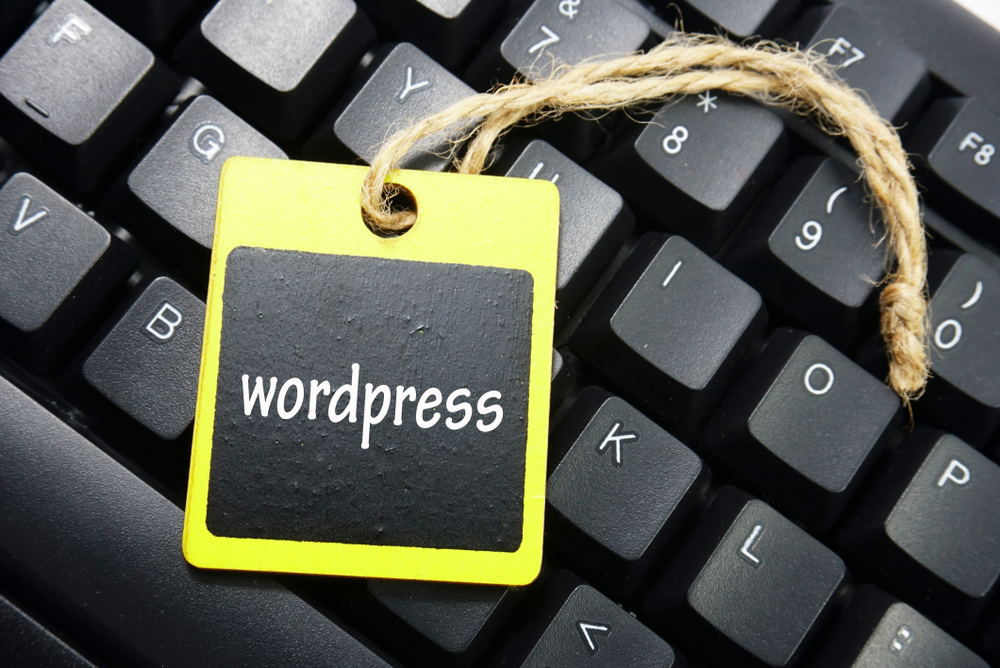
WordPress has become one of the most popular content management systems (CMS) in the world, powering over 39% of all websites on the internet. Its user-friendly interface combined with its vast range of customization options and powerful maintenance features make it a favorite among beginners and experienced website owners alike. In this article, we will explore expert tips and tricks to help you master WordPress (WP) customization and maintenance, ensuring your website's success.
1. Choose the Right ThemeOne of the first steps in customizing your WordPress website is selecting a theme that aligns with your brand and meets your requirements. With thousands of options available, it can be overwhelming to choose the right one. However, keeping your target audience in mind and focusing on a clean design, ease of use, and responsiveness are essential factors to consider. Always opt for a reputable theme that is regularly updated and well-supported to ensure compatibility with future WordPress updates.
2. Customize Your Theme
Once you've chosen a theme, it's time to make it your own. WordPress (or WP) provides several customization options to personalize your website's appearance. From the built-in Customizer to third-party plugins, you have endless possibilities to modify your theme. Experiment with different color schemes, fonts, and layouts to create a visually appealing and unique website. Remember to maintain consistency in design elements, ensuring a smooth user experience across all pages.
3. Utilize Plugins Wisely
Plugins are powerful tools that extend WordPress (the blogging platform) 's functionality and allow you to add various features to your website without coding. However, it's important to use plugins wisely. Installing too many plugins can bloat your website, slow down its performance, and increase the risk of compatibility issues. Choose plugins from reliable sources and regularly update them to ensure security and optimal performance. Additionally, perform regular plugin audits to remove any unused or redundant plugins.
4. Optimize Your Website's Performance
Website speed and performance are crucial for user experience and search engine rankings. A slow-loading website can lead to high bounce rates and decreased conversions. Take advantage of caching plugins to generate static HTML versions of your website, reducing the server's workload. Compressing images, minifying CSS and JavaScript files, and optimizing your database are other effective ways to improve your website's performance. Regularly monitoring your website's speed using tools like Google PageSpeed Insights can help identify areas for improvement.
5. Implement Effective Security Measures
WordPress's popularity makes it a prime target for hackers. Therefore, implementing robust security measures is essential to protect your website and its data. Start by using strong, unique passwords and enabling two-factor authentication for all user accounts. Regularly updating WordPress (the platform for bloggers) , themes, and plugins is critical to patch any vulnerabilities. Additionally, install a reputable security plugin that offers features like malware scanning, firewall protection, and regular backups. Remember to backup your website regularly to prevent data loss in the event of an attack.
6. Optimize Your Website for SEO
Search engine optimization (SEO) plays a vital role in driving organic traffic to your website. WordPress offers several tools and plugins to optimize your website for higher search engine rankings. Use an SEO plugin to easily manage meta tags, generate XML sitemaps, and improve your website's overall SEO score. Focus on keyword research and optimize your content accordingly. Create descriptive permalinks, include alt tags for images, and improve loading speed to enhance your website's SEO performance.
7. Regular Maintenance and Updates
Regular maintenance is crucial for the smooth operation of your WordPress website. Schedule regular backups to ensure you have a recent copy of your website's data. Regularly update WordPress, themes, and plugins to ensure optimal performance and protect against security vulnerabilities. Monitor your website for broken links and outdated content. Additionally, keep an eye on your site's analytics to gain insights into its performance and make necessary improvements.
Frequently Asked Questions:
Q1: How can I reset my WordPress website to its default settings?A1: There are a few methods to reset your WordPress website. You can use a plugin like WP Reset or manually reset your website by reinstalling WordPress, deleting all files and database tables, and starting from scratch.
Q2: Can I customize a WordPress theme without coding knowledge?
A2: Yes, WordPress provides various customization options that allow you to modify your theme without coding. With the help of the WordPress Customizer and plugins, you can easily change colors, fonts, layouts, and more.
Q3: How can I improve the security of my WordPress website?
A3: To enhance the security of your WordPress website, ensure regular updates of core WordPress files, themes, and plugins. Use strong, unique passwords and enable two-factor authentication. Install a reputable security plugin and perform regular backups.
Q4: Is it necessary to install multiple plugins on my WordPress website?
A4: It is recommended to only install necessary plugins on your WordPress website. Installing too many plugins can impact your website's performance and increase the risk of compatibility issues. Regularly review and remove any unused or redundant plugins.
Q5: How often should I update my WordPress website?
A5: It's vital to stay up-to-date with the latest WordPress releases, themes, and plugins. Generally, updates should be performed as soon as new versions are available. However, always make sure to backup your website before updating to avoid any potential issues.
In conclusion, WordPress customization and maintenance require a combination of technical knowledge and a strategic approach. By following these expert tips and tricks, you can master WordPress customization to create a visually appealing website that aligns with your brand. Additionally, regular maintenance and adherence to security best practices will ensure your website's optimal performance, security, and SEO rankings. WordPress remains a powerful platform that empowers individuals and businesses to create remarkable online experiences.
Other useful resources
- https://en.wikipedia.org/wiki/Blog
- https://www.wordpress24plus.com